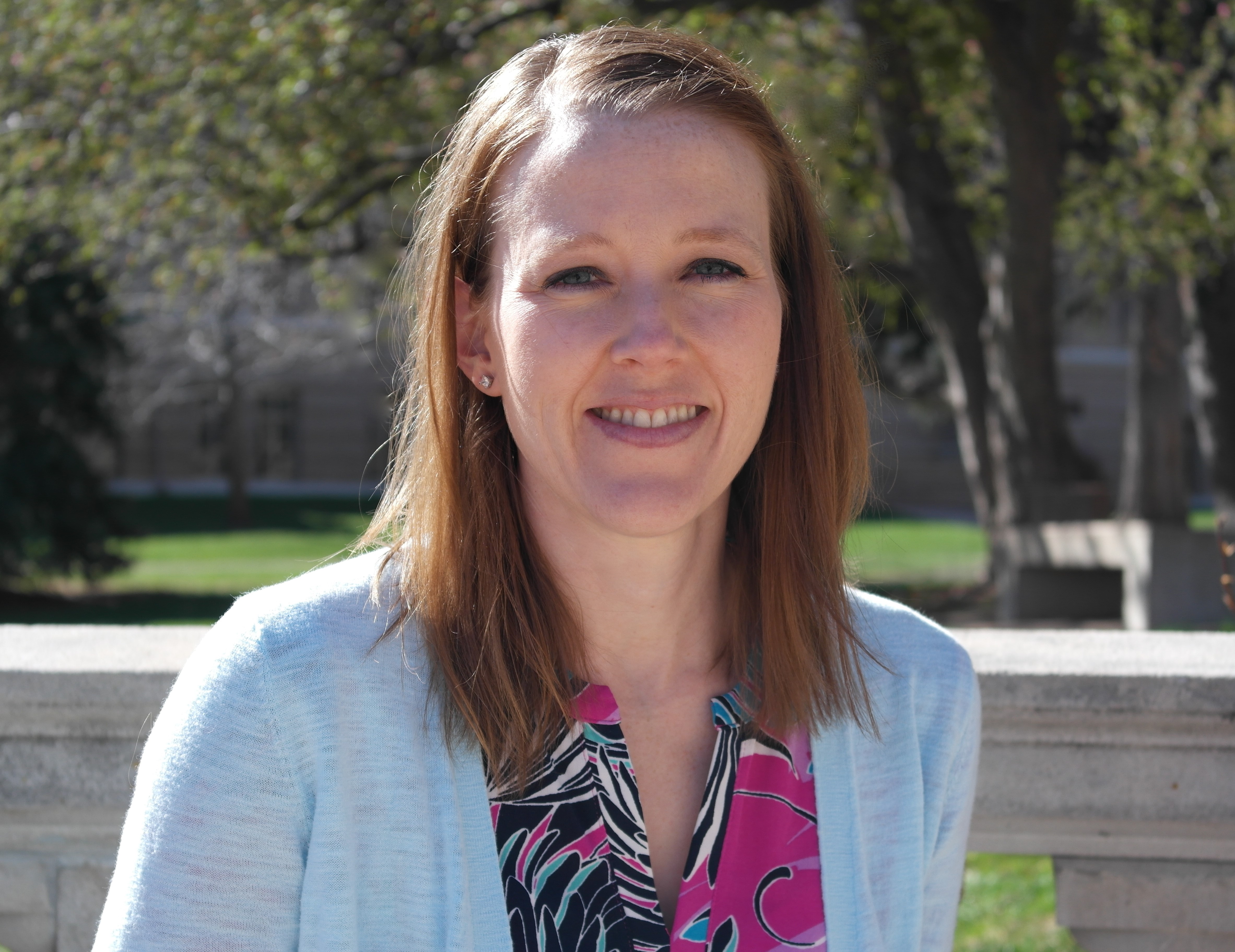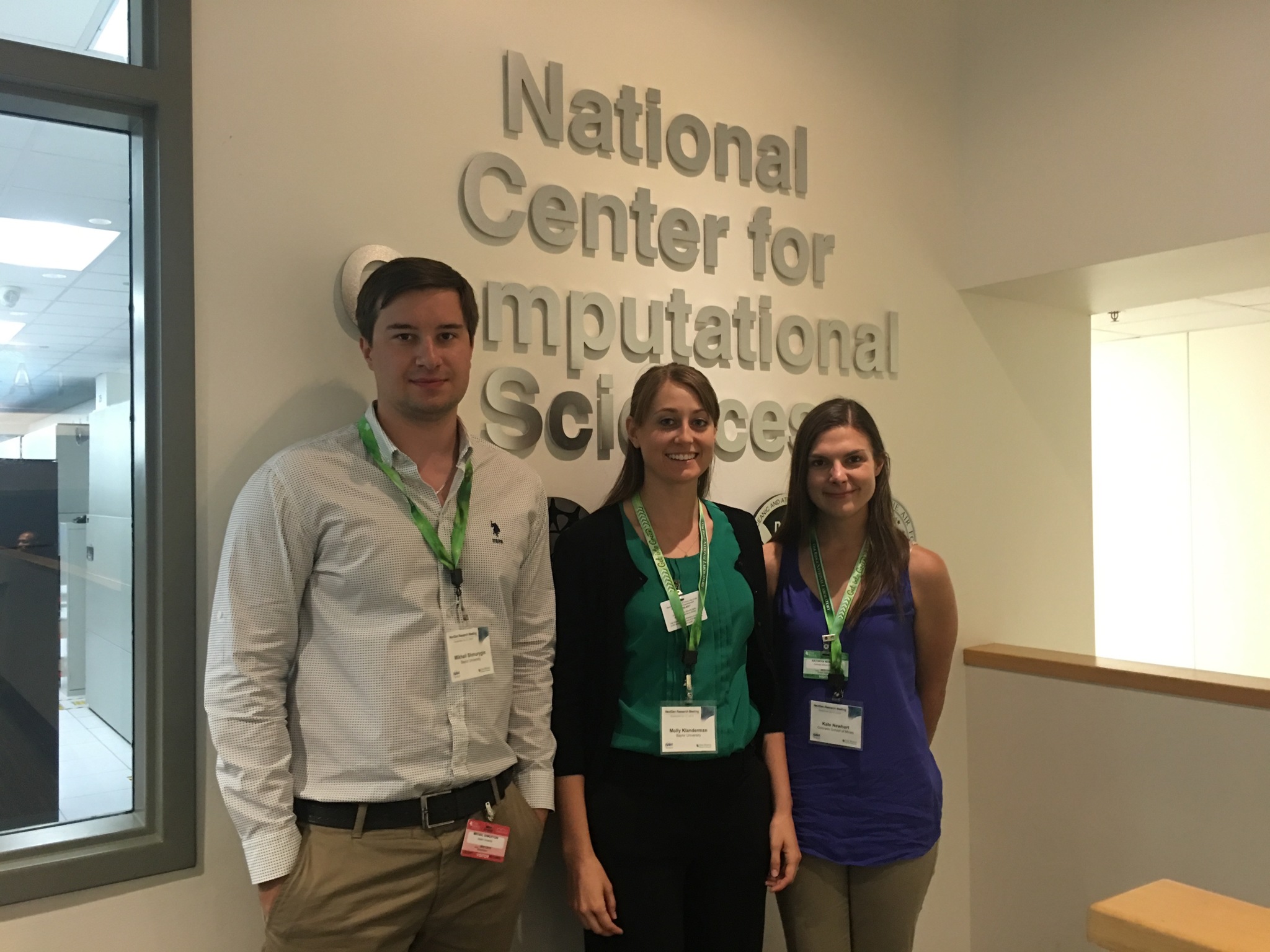Baylor University Joins Research Team Seeking to Transform U.S. Water System


Baylor researcher part of team vying for $100 million water ‘moonshot’
Media Contact: Tonya B. Hudson, Baylor University Media and Public Relations, 254-710-4656
Follow us on Twitter: @BaylorUMedia
WACO, Texas (May 14, 2019) – Baylor University has partnered with four Department of Energy laboratories and more than a dozen universities in a research alliance to address the country’s water security issues through desalination.
Amanda Hering, Ph.D., associate professor of statistical science in Baylor’s College of Arts & Sciences, is the site director of the team from Baylor. She is a leading researcher in the area of statistics as applied to environmental and engineering problems related to water.
Baylor will be a key contributor to the National Alliance for Water Innovation (NAWI), a research consortium formed to support the U.S. Department of Energy’s goal of establishing an Energy-Water Desalination Hub. The Hub will be awarded $100 million in funding over five years. NAWI’s goal is to advance a portfolio of novel technologies to enable a circular water economy in which 90 percent of non-traditional water sources can be cost-competitive with existing water sources within 10 years.
Baylor has a long history of water-related research, such as Professor Emeritus Owen Lind’s limnology studies that started in the 1960s and the work in Distinguished Professor of Environmental Science and Biomedical Studies Bryan W. Brooks’ lab related to water quality, harmful algae blooms and environmental toxicology.
Hering joined Baylor three years ago after spending seven years at Colorado School of Mines and adds to Baylor’s portfolio of faculty focused on water research. She has developed data-driven, statistical methods to identify relationships in complex systems used to model groundwater, identify predictors of dissolved organic carbon in Rocky Mountain streams, forecast hydrological inflows for hydro-thermal scheduling and monitor decentralized wastewater treatment facilities. All of this work aligns with Baylor’s signature academic initiatives, particularly in combining Data Sciences with Health, within the University’s Illuminate strategic plan.
“The Hub represents an opportunity to do transformative research in the water treatment space that will have an impact on the U.S. and the world for generations to come. Every list of `grand challenges’ for the future includes water. Even in the U.S., water supplies of both rural communities and major cities are at risk,” Hering said. “The talented individuals forming this team will revolutionize water treatment, with the ultimate goal of dramatically reducing the energy and cost required to treat it.”
NAWI is headquartered at Lawrence Berkeley National Laboratory and includes Oak Ridge National Laboratory, National Renewable Energy Laboratory and the National Energy Technology Laboratory, 18 founding university partners and 10 founding industry partners. The NAWI Alliance has been operating for nearly two years, and in that time, it has identified a number of promising research priorities and industry partners.
“We believe that with scientific innovation we can achieve a circular water economy where water is treated to fit-for-purpose standards and reused locally,” said Peter Fiske, director of Berkeley Lab’s Water-Energy Resilience Research Institute and executive director of NAWI. “Local reuse would eliminate the need to move water, thus reducing one of the largest energy costs associated with our centralized water system, which is the cost of transporting water over long distances.”
Hering’s work is related in that she develops data-driven statistical methods to maintain the safe and effective operation of small-scale water treatment facilities. As centralized water infrastructure ages, this decentralized approach focuses on treating and reusing water at smaller, satellite facilities as opposed to costly expansions and upgrades to existing systems.
For water-stressed communities, decentralized treatment facilities located closer to the point of wastewater generation enable water reclamation for a variety of reuse applications. However, they experience higher variability in the quality and quantity of the water that flows in. Given that it is not cost-effective to have an operator on-site full-time to monitor and maintain such facilities, a self-correcting system is needed that can remotely detect unusual system behavior, identify the cause, respond to the malfunctioning and return the system to the proper in control state.
Hering has developed new methods that automatically identify those monitored features that are affected by a fault, enabling faster fault diagnosis. These methods have been tested using data streaming in real-time from many monitored features observed at a decentralized wastewater treatment facility. Her team has demonstrated the performance of their methods compared to state-of-the-art competitors. Some known faults have occurred, and the faults are much detected faster than with conventional methods. Furthermore, the affected variables can be identified, which will lead to rapid fault diagnosis.
“Research into desalination was launched by President Kennedy 57 years ago, and today reverse-osmosis is a dominant water treatment technology producing more than nine billion gallons of pure water per day worldwide,” Fiske said. “Now with DOE’s desalination hub, we have the opportunity treat a wider variety of water resources to provide safe, reliable water for communities and industries.”
ABOUT BAYLOR UNIVERSITY
Baylor University is a private Christian University and a nationally ranked research institution. The University provides a vibrant campus community for more than 17,000 students by blending interdisciplinary research with an international reputation for educational excellence and a faculty commitment to teaching and scholarship. Chartered in 1845 by the Republic of Texas through the efforts of Baptist pioneers, Baylor is the oldest continually operating University in Texas. Located in Waco, Baylor welcomes students from all 50 states and more than 90 countries to study a broad range of degrees among its 12 nationally recognized academic divisions.
ABOUT THE COLLEGE OF ARTS & SCIENCES AT BAYLOR UNIVERSITY
The College of Arts & Sciences is Baylor University’s oldest and largest academic division, consisting of 25 academic departments and seven academic centers and institutes. The more than 5,000 courses taught in the College span topics from art and theatre to religion, philosophy, sociology and the natural sciences. Faculty conduct research around the world, and research on the undergraduate and graduate level is prevalent throughout all disciplines. Visit www.baylor.edu/artsandsciences.